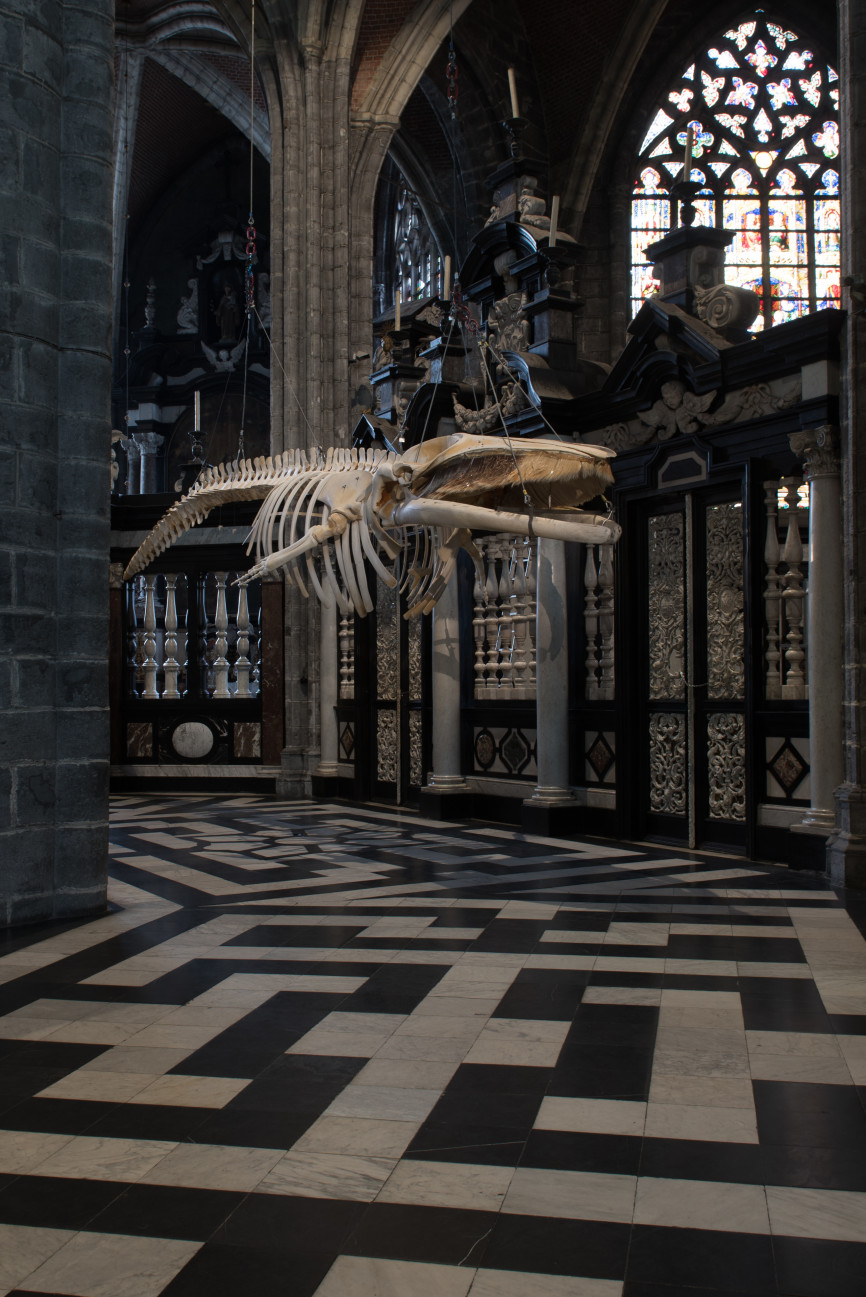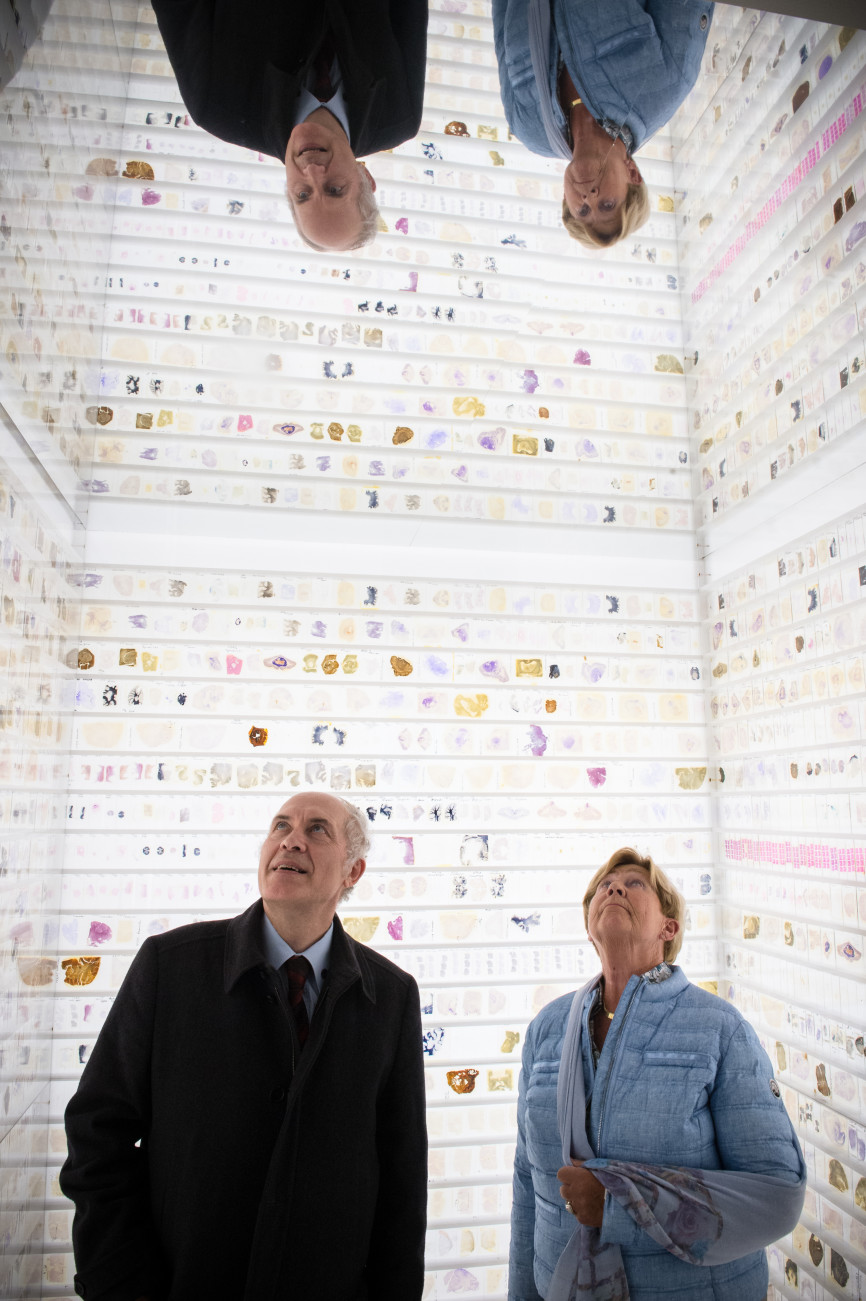GUM history
A collection as old as the university
Ghent University was founded in 1817 by William I, King of the Netherlands. To enhance the education offered, William I donated several didactic collections to the university. For example, he donated veterinary and archaeology collections as well as a set of medical instruments to the young university. During the university's 200-year history, new objects were added to these sub-collections and new didactic sub-collections were set up. Since the last quarter of the nineteenth century, the university has also been increasingly engaged in research. Lab sessions were organised for students, with research laboratories for professors. As a result, the academic collections continued to grow, including instruments, models and prototypes as well as research items such as preparations.
Named and unnamed collections
Today, Ghent University has a particularly extensive collection of academic heritage that is also appealing and often extremely valuable. It includes over 400,000 items. In 2013, these were recorded in the screening report Balance and Perspective.
This heritage has always been very fragmented within Ghent University. For example, the collections were kept in the university buildings, spread throughout classrooms, corridors, labs, entrance halls and offices, and even in basements and attics. In addition, it was (and still is) not uncommon for these collections to be used for teaching and research at Ghent University.
Some of the collections were housed in their own collection museum within the university. These small museums have been managed, maintained and documented by keen researchers for decades (or even longer than that).
At the beginning of the 21st century, the university had a Museum of Veterinary Medicine, Museum of Morphology, Museum of the History of Science, Archaeological Museum, Ethnographic Collections, a Museum of the History of Medicine and the Dierick Museum. All of them had their own unique history.
Joining forces
Although the current GUM project has a long history, it became more concrete around 2010. New vision statements were drawn up, this time driven by a new emerging awareness of the value of the university’s academic heritage. The museum was assigned a place on the Ledeganck Campus, large-scale renovation was started and a project application for a four-year feasibility study was approved. The impetus came from the directors, collection managers and other staff of the Ghent University museums, along with the manager of the Botanical Garden and the archivist of Ghent University Archives, and with the necessary support from successive university administrations.
At the beginning of 2013, the formal partnership ‘The Ghent University Museums’ was finally established, with the aim of creating the Ghent University Museum (which was still only a working title at the time). Over the past decade, the team have worked towards the opening of the museum, a separate Academic Heritage and Archives Entity has been set up (encompassing the Ghent University Archives and Ghent Botanical Garden as well as the Ghent University Museum), and the vision and operations have been fine-tuned. From March 2020, the general public will also be able to enjoy the new GUM (Ghent University Museum) and its collections.
When the GUM opens, the team will consist of 20 members of staff headed by the director, Marjan Doom. The Academic Heritage and Archives Entity is managed by Prof. Freddy Mortier.
Ongoing and ever-increasing care for academic heritage
Along with the Ghent University Archives, Botanical Garden, Ghent University Library and all kinds of other committed Ghent University staff and students, Ghent University's rich heritage is now being managed with increasing care and additional efforts are being made every day to further professionalise the heritage policy within Ghent University.
The run-up
During the years leading up to the opening of the GUM, several experiments have already been done to determine the new approach, in which art and science interact with each other.
One of these experiments was conducted during ‘Post Mortem. Vesalius between art and science.’ This exhibition approached the confrontation with the dead body as a dialogue between science and contemporary art. The exhibition explored the boundaries of the taboo, the fine line where fascination and aversion merge. Above all, however, it aimed to provide an experience of raw beauty in the setting of the authentic 19th-century autopsy rooms and libraries at the university's forensic medicine department.
In 2017-2018, on the occasion of Ghent University's 200th anniversary, the GUM stepped outside the walls of the alma mater. During 'Out of the Box', the museum presented installations in locations such as Design Museum Gent, Museum Dr Guislain, St. Peter's Abbey and St. Bavo’s Cathedral.


Photos of the collections: Geert Roels
Out of the Box photos: Myriam Devriendt


